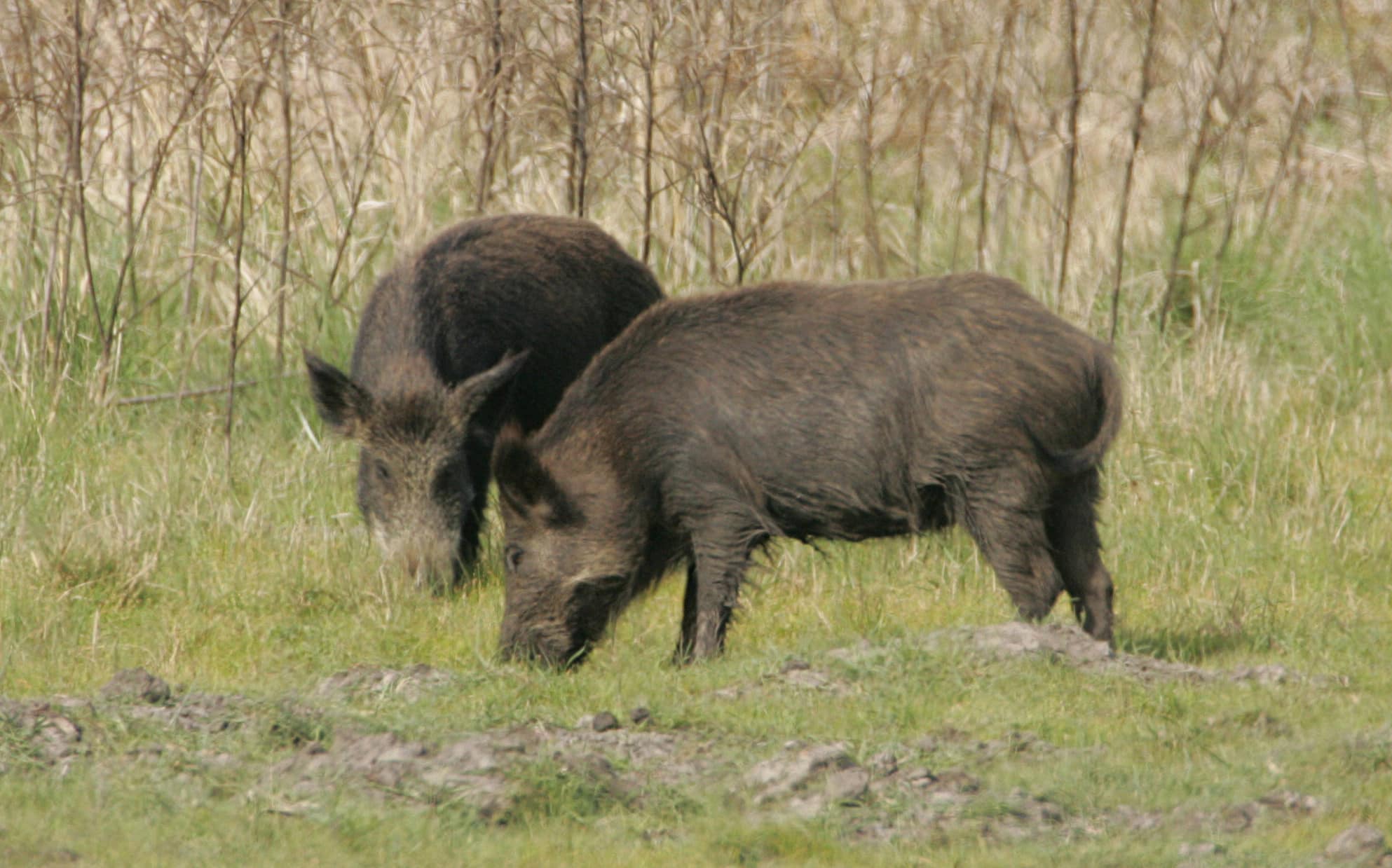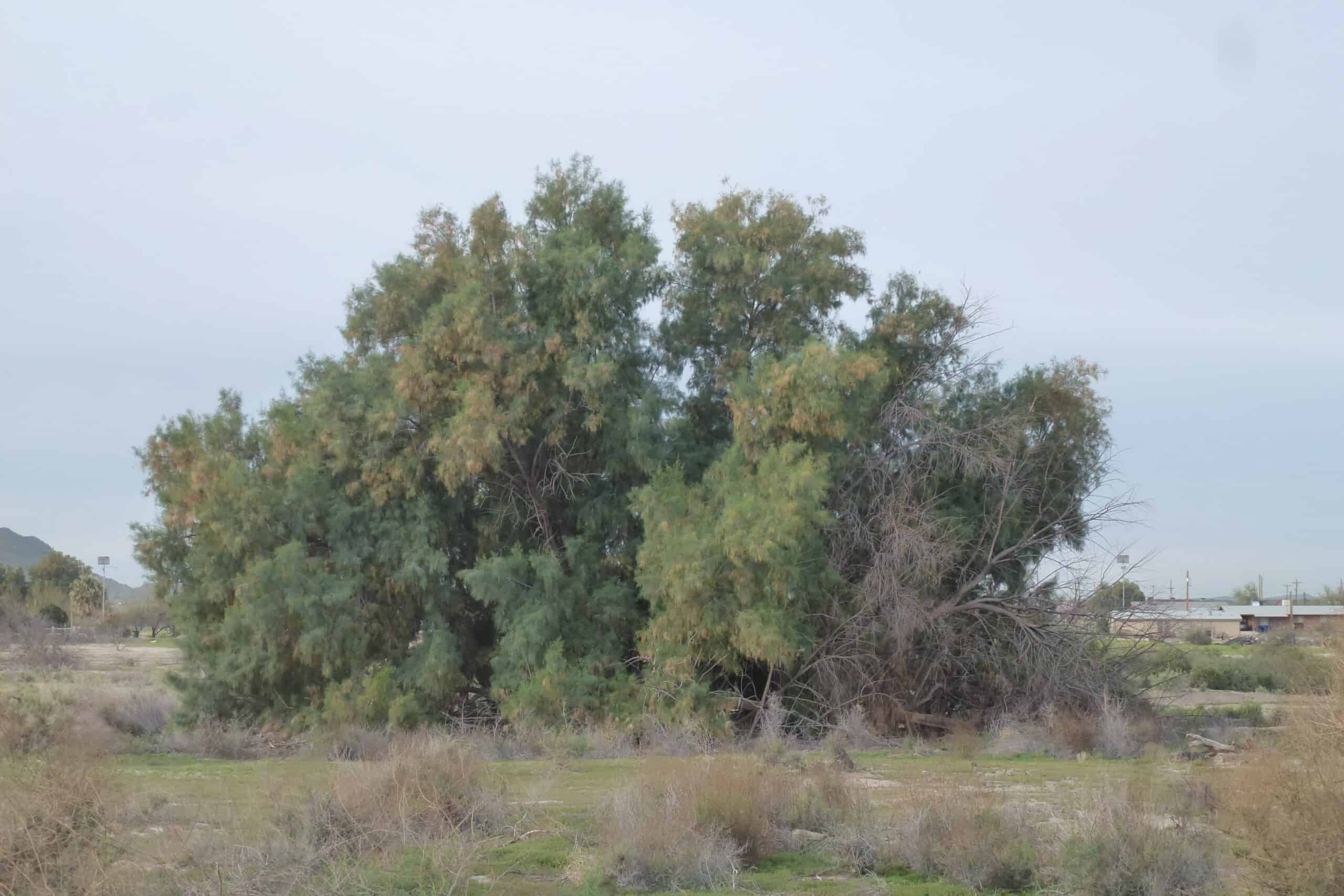Share this article
Wildlife Featured in this article
- Burmese python
- Bobcat
JWM: Invasive pythons may affect bobcats in the Everglades
Pythons compete with bobcats for prey
As Florida officials work to restore water levels in the Everglades, they wondered what effect it may have on bobcats there.
Biologists don’t know much about the big cats in the national park. But they did know they use tree islands—areas just a few inches higher in elevation than the surrounding wetlands. Those islands can support woody plants that don’t survive in the sawgrass waterways.
But as biologists explored bobcats in the national park, they found that invasive Burmese pythons (Python molarus bivittatus)—which are altering the Everglades’ ecosystem—potentially pose a greater threat to bobcats than changing water levels.
For a study published in the Journal of Wildlife Management, Katie Buckman, then a master’s student at Florida Atlantic University, and her colleagues set out to determine how bobcats (Lynx rufus) were using the tree islands in the Everglades. State biologists had seen them showing up in trail camera images, but they didn’t know much about the cats’ habitat use or response to fluctuating water levels.
The biologists were particularly interested in this topic, since plans called for restoring Everglades water levels to historical conditions. Diversions have siphoned water away from the “river of grass” for decades, transforming the unique ecosystem, while the construction of levees and highways have caused pooling of deep water in other areas.
“The Everglades need water,” Buckman said, yet no one knows how bobcats might respond to different water levels.
As Buckman and her team modeled habitat use for bobcats, though, they found little evidence that water levels affected bobcat habitat use, but the python invasion may be.
“The project started out looking at habitat use,” she said. “What ended up happening was, we couldn’t really ignore the Burmese python problem.”
Raised as pets and released into the wild, Burmese pythons have thrived in the Everglades, despite teams of python hunters dispatched to remove the voracious predators from the landscape. The constrictors eat the same small mammals that bobcats prey on, so as python numbers increase, they may create more competition for the cats.
As they created occupancy models, Buckman and her team expected that higher water levels would jeopardize bobcat numbers by limiting their access to tree islands, but that’s not what they found. Instead, they found that a wetter Everglades appeared to poselittle risk to bobcats, but the presence of pythons did.
Once pythons reached a density of more than three per square kilometer, “bobcat occupancy was significantly diminished,” researchers wrote in their study.
“Our results suggest that while hydrologic dynamics may play a role,” they concluded, “the invasive Burmese python has stronger influences on bobcat occupancy of tree islands in this Everglades conservation area.”
It was a bit of a surprise, Buckman said. Bobcats are highly adaptable, but invasive pythons are tough competitors.
This article features research that was published in a TWS peer-reviewed journal. Individual online access to all TWS journal articles is a benefit of membership. Join TWS now to read the latest in wildlife research.
Header Image: A bobcat appears on a trail camera in the Everglades. Credit: FWC








